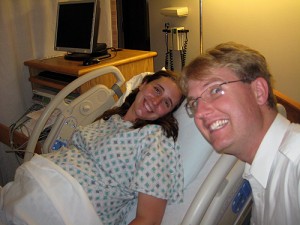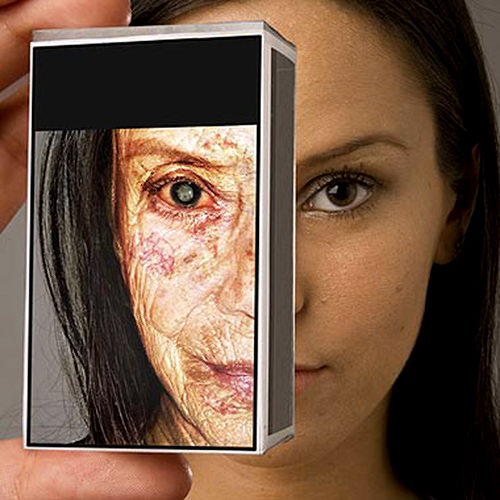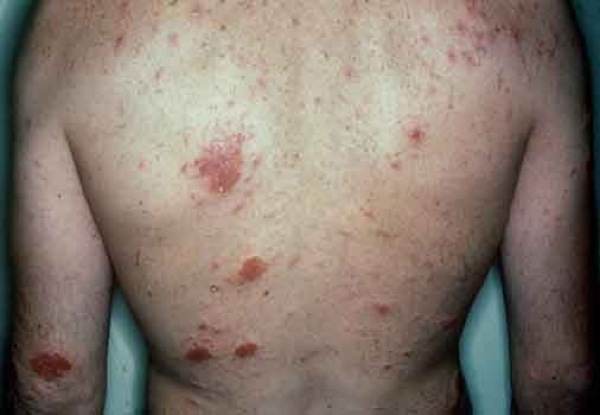Eczema (atopic dermatitis) is
skin disorder that is marked by inflammation of the skin. It can affect people of all ages, though it primarily starts at a young age and may continue to be there even when the patients becomes an adult. Doctors report that usually this condition accompanies asthma and allergic rhinitis though there are cases where the triad may not be found. Despite the fact that this disease may not prove to be fatal, it can affect the quality of life of the patient and can become the cause of emotional stress. Atopic dermatitis (AD) is one of the most
common skin diseases in children. In US, more than 17 % of children are suffering from it and the number keeps increasing every year. A small percentage of these children have this disease, even when they reach adulthood.
Action and physiology
The exact mechanism of development of eczema is yet to be determined. Researchers are trying to figure out of eczema is a result of physical trauma to the skin, a result of exposure immune cells to environmental irritants or vice versa. The fact that epidermis is first defense of the body and protects it’s against irritants, allergens and microbes, it can be assumed that trauma, dehydration, change in the pH level, and microbial contamination can affect it.
Clinical histor Eczema is usually found in small infants who show symptoms of persistent rashes that do not get cured despite trying various remedies. These patients usually have a family history of asthma, hay fever and allergy. The symptoms may also be accompanied by a history of poor sleep and increased irritability.
Clinical features
- Lesions- the lesions can present themselves in three forms-
- Acute– these lesions are extremely itchy and are accompanied by blisters and extreme redness
- Sub acute lesions- these represent themselves in the form of severe itching, pain, stinging, burning, scaling and redness of the skin.
- Chronic eczematous inflammation- in such cases, the skin appears thick with prominent lines, excoriations and fissuring which may be accompanied by itchiness.
The symptoms also vary depending on the age of the patient
- Infants– the skin of the infants appears to be red, scaly with crusted lesions which appear on the extensor surfaces, cheeks or scalp.
- Childhood- lesions in children have less the appearance as that of lichen planus with red, scaly skin on the flexor area and on some areas of the wrists, ankles and neck.
- Adults- in adults, the distribution of this disorder is similar as to that of children minus the fact that the skin appears to be thicker with increased skin markings. ‘?
Causes
Eczema appears to have a genetic origin and appears due to gene-gene and gene environment interactions. Thus, if a person has a history of eczema in the family and the disease gets triggered due to environmental factors, they have high chances of developing this disorder. It is more common in children below the age of 6 and can be easily treated. This disease is not infectious and cannot spread to other people through contact.??



















